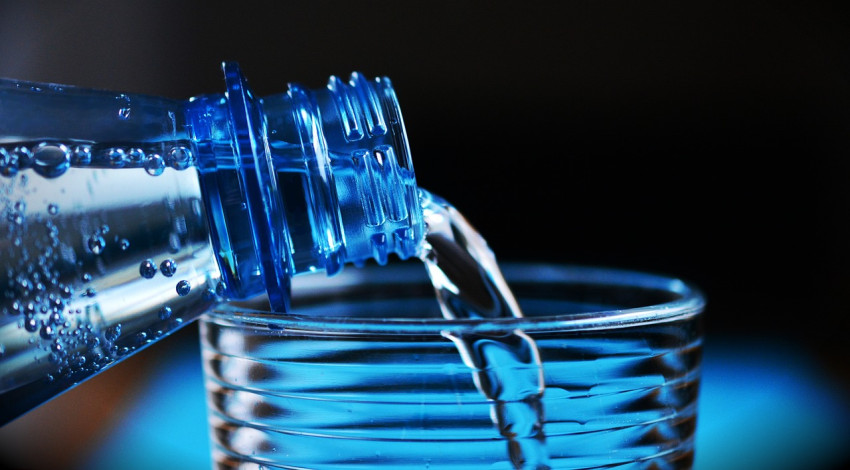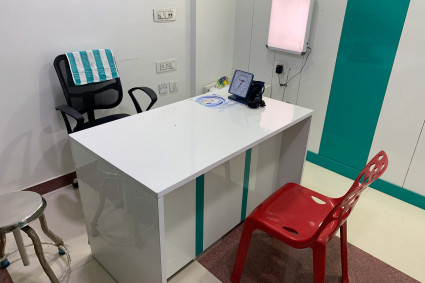
Access to clean drinking water is a fundamental right, yet many regions face challenges in ensuring the safety and purity of their water sources. In Texas and across the United States, addressing water contamination requires effective filtration strategies. In this article, we will explore the best filtration strategies for clean drinking water, drawing insights from the expertise of Peter Spiegel, a genius entrepreneur, innovator, and founder of AquaTru.
The Water Contamination Challenge in Texas and the U.S.
Water contamination poses significant health risks in Texas and throughout the US. United States. Texas is well-known for local refineries, wastewater treatment plants, and chemical manufacturers releasing toxic pollutants and human waste into water sources on a daily basis – to the tune of 16.7 million pounds in 2020. Across the U.S., common drinking water contaminants include nitrates, lead, arsenic, fluoride, parasites, aluminum, PFAS, fertilizers, pesticides, pharmaceutical products, phosphates, plastics, fecal waste and even radioactive substances.
A myriad of contaminants can, and do, find their way into water sources. Understanding the extent of the challenge is crucial for implementing effective filtration strategies.
Peter Spiegel: A Pioneer in Water Filtration
Peter Spiegel, a renowned figure in the water filtration industry, has dedicated his career to ensuring access to clean water. As the founder of AquaTru, Spiegel has introduced innovative filtration technologies to address water contamination challenges. His expertise provides valuable insights into the best filtration strategies for clean drinking water.
Countertop Reverse Osmosis: An Effective Filtration Solution
Among the technologies utilized in AquaTru's countertop filtration system is reverse osmosis (RO) - one of the most effective filtration technologies for providing clean and purified drinking water. Peter Spiegel endorses it because reverse osmosis removes contaminants such as heavy metals, chemicals, and microorganisms that would otherwise be consumed from drinking water.
What is countertop reverse osmosis (RO)?
Countertop reverse osmosis is a water filtration technology that offers a convenient and effective solution for obtaining clean and purified drinking water. Unlike traditional under-sink or whole-house RO systems, countertop RO units are compact and portable, making them suitable for smaller spaces and convenient for those who are renting or do not want to install a permanent filtration system.
The countertop RO system operates by using pressure to force water through a semipermeable membrane, which effectively removes impurities, contaminants, and dissolved solids from the water. This process helps eliminate various substances such as heavy metals, chlorine, fluoride, PFAS, microplastics, pesticides, radon and more, resulting in high-quality and great-tasting drinking water.
One of the key advantages of countertop RO systems is their ease of installation and use. They typically require minimal setup, with no complicated plumbing or permanent modifications to the existing water supply. Simply insert the filters, connect the unit to an electrical outlet, and it's ready to start filtering water. These user-friendly features make countertop RO systems a popular choice for those seeking convenience and flexibility. These systems are designed to optimize water usage, significantly minimizing wastewater generation compared to traditional RO systems.
Addressing Specific Contaminants
The year 2021 witnessed a devastating winter storm that severely impacted Texas, leading to widespread pipe damage, utility failures, and water supply disruptions for thousands of residents. Amidst the chaos, even those fortunate enough to have access to water faced concerns about its safety for drinking purposes. This unfortunate incident served as a stark reminder of the vulnerabilities and limitations inherent in the municipal water system.
Cities pull public water from open sources of water. As water travels through the central water filtration system to reach household taps, it undergoes various stages of collection and transfer. Unfortunately, at each of these stages, there is a possibility for different contaminants entering the water supply. These contaminants can originate from multiple sources, such as sewage treatment plants, septic systems, wildlife, storm runoff, wastewater discharges, oils or gas, agricultural pesticides, hard-scale deposits, or copper and lead piping.
Different regions may face unique challenges when it comes to water contamination. Peter Spiegel emphasizes the importance of understanding the specific contaminants prevalent in Texas, Louisiana, Florida, Michigan, Indiana, Illinois, New Jersey and the U.S. as a whole. By conducting water quality testing and analysis, individuals and communities can tailor their filtration strategies to target the specific contaminants present in their water sources.
Complementary Filtration Methods
While countertop reverse osmosis is highly effective, combining it with complementary filtration methods can further enhances water purification. Peter Spiegel recommends incorporating activated carbon filters (such as those in AquaTru systems), UV filtration, or other appropriate techniques to address specific contaminants, improve taste, and ensure comprehensive water purification.
Maintenance and Regular Filter Replacement
Proper maintenance and regular filter replacement are essential to ensure the continued effectiveness of filtration systems. Peter Spiegel stresses the importance of following manufacturer instructions and guidelines for filter replacement and system maintenance. This ensures that the filtration system operates optimally and consistently provides clean drinking water.
Education and Advocacy for Clean Water
Peter Spiegel's advocacy extends beyond filtration technologies. He believes in raising awareness and promoting education about the importance of clean water. By fostering a culture of water conservation, responsible water management, and sustainable filtration strategies, we can collectively work towards clean drinking water for all.
Conclusion
Clean drinking water is a basic necessity for human health, and effective filtration strategies are crucial to ensure its availability. Peter Spiegel's insights provide valuable guidance in selecting the best filtration strategies for clean drinking water in Texas and the U.S. By leveraging countertop reverse osmosis technology and incorporating complementary filtration methods such as activated carbon filters to address specific contaminants, individuals and communities can achieve clean and safe drinking water. Continued maintenance, education, and advocacy are requisites as we strive for equitable access to clean water - and a healthier future for all.





